You may think that nose piercings are limited to your nostril, but there is a fair amount of nose piercings you can get that’ll decorate your face. We’re here to lay out the different types of nose piercings so you can find the perfect one for you. With so many piercing types and a wide variety of nose piercing jewelry, you can consider The Ink Boy Studio to be your destination for all this body jewelry.
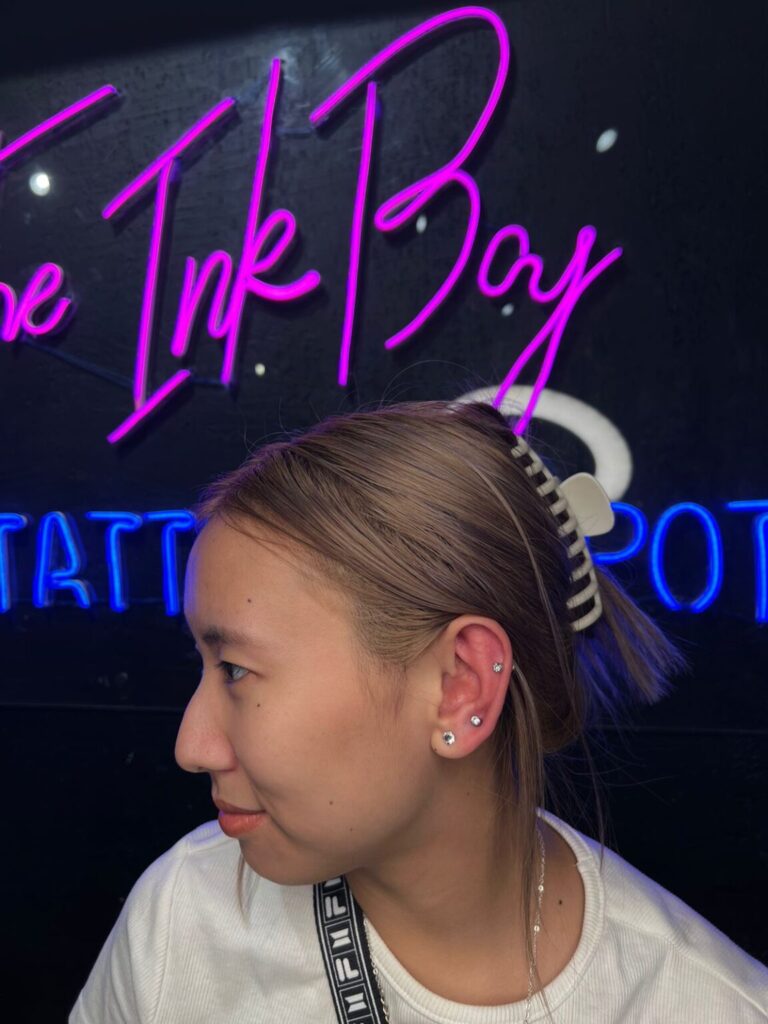




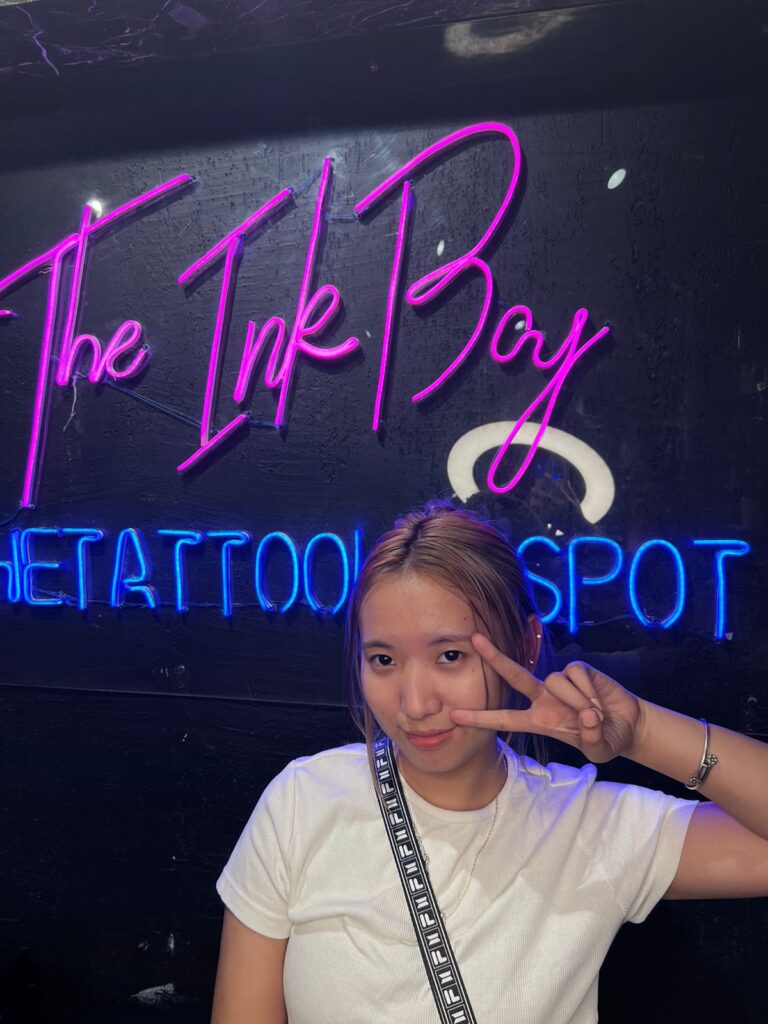
Austin Bar runs horizontally through the tip of the nose. Similar to a regular nostril piercing, the high nostril is pierced higher on the nasal bridge. For this, you can use Nose rings (L-Bend, Hoop, Stud, Screw, Bone). You can also get a mixture of nostril and high nostril piercings. Nasallang Piercing is A piercing through both nostrils and the inner septum. Nostril Piercing is the most common type, with A piercing through the center of either nostril. Rhino Piercing that goes through the tip of your nose and exits through the skin above your septum. Curved barbell is well suited for this style. Also known as a bull piercing, a septum piercing runs through the cartilaginous wall that divides both nostrils. Septril Piercing is A mixture of a rhino piercing and a septum piercing. This requires a stretched septum in order to achieve the look. Curved barbells, tunnels, or plug suit this style.
————————————————————————————————————————————–
Ear piercings are one of those fashion trends that will never go out of style. A little bit of ear jewelry never goes astray when it comes to creating a fashionable and unique ensemble. But with so many ear piercings out there, things can get a little confusing. If you’re considering getting a piercing and aren’t sure which one, you’re after, our expert guide will help you find what you want, and make you sound well-versed in all the piercings that exist.
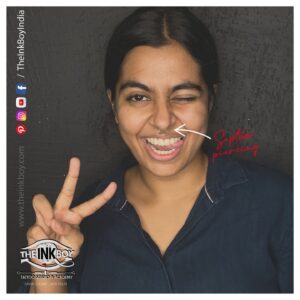
An industrial piercing is sometimes referred to as a scaffold, bar or construction piercing, is a double perforation of the upper ear cartilage. A lobe piercing is a piercing in the earlobe. Being in the fleshy, bottom part of the ear, it is one of the least painful to get. This piercing is very versatile once it is healed, so feel free to experiment with different styles! Transverse lobe piercings are a modern take on an old classic. With this piercing, a barbell runs horizontally through the earlobe rather than from the inside to the outside. An orbital piercing is defined by any two piercings that are connected by one piece of jewelry. It is typically done in the lobe region of the ear. Spunky and stylish, the helix piercing is a cartilage piercing which sits on the upper section of the ear. This piercing ranks low on the pain scale as it is done using a small needle. The difference between a forward helix piercing and regular helix piercing is the location. The forward helix piercing sits lower down the ear, near the root of the helix. Popular jewelry of this type tends to include studs, for the most part, though forward helix piercings can be used with a range of different jewelry. A daith is the hoop that hugs the cartilage inside your ear. What’s best about this type of piercing is that it is surprisingly versatile and suits most people. The tragus piercing is very versatile and looks good with a number of jewelry styles. The anti-tragus is a type of cartilage piercing done just above the lobe. It is actually fairly similar to the tragus piercing in regard to its characteristics, despite its name. The snug piercing is situated in the inner cartilage, down near the ear’s outer rim. The eye-catching conch piercing is a type of cartilage piercing which can be of the inner or outer variety. However, it can often cover both. A rook piercing is done near the inner ridge of the ear cartilage, parallel to the outer rim of the ear.

The popularity of tongue piercings continues to rage on. If you want to gain a few instant cool points with total strangers, a tongue piercing is still a great way to do it. There’s just something about them that makes you look slightly tougher than the average person.

Here are the most popular types of tongue piercings to help you narrow your focus and be able to instruct the piercer as to what you specifically want.
Midline Tongue Piercing is a popular piercing in which one piercing is put right in the midline of the tongue. It is just like the side tongue piercing, except it’s in the center of the tongue, not off to one side. Side Tongue Piercing is when your piercing is placed toward the middle of your tongue, but it’s not in the center. As the name tells you, it’s off to one side or the other. Whether you want it on the left or right side is up to you. The snake eyes piercing really does look like snake eyes when you show your tongue to people. Though it looks like two separate piercings where the snake eyes are located on the tip of your tongue, those two studs are actually linked together by a horizontal bar that runs inside your tongue. Horizontal or Vertical Tongue Piercing go in the middle of your tongue. They can go either vertical or horizontal, depending upon your preference. To understand what Frenulum Linguae Piercing is, open your mouth and lift up your tongue until it is touching the roof of your mouth. Then look in a mirror and you’ll see a thin strip of skin that juts out and connects the bottom of your tongue to the floor of your mouth. In this piercing, that small strip of skin, known as the frenulum, gets a needle drawn through it. It’s also known as a tongue web piercing.
—————————————————————————————————————-
While many piercings date back thousands of years, eyebrow piercings are a recent creation. They began to appear in the 1970s as a fashion statement. If you’re looking to make a statement of your own, eyebrow piercings are a great option. Depending on placement the name, eyebrow piercing, is sometimes a misnomer as it can describe facial piercings along or near the brow. There are a number of placement options depending on the type of eyebrow piercing you get.
Vertical eyebrow piercings are the standard style. Just like the name suggests, this is a vertical piercing that goes anywhere along the ridge of the eyebrow. Most vertical eyebrow piercings are a single piercing with two holes (one in, one out). But alternatives like spiral eyebrow piercings can have multiple holes. These have a single piece of jewelry looping through the eyebrow. Horizontal eyebrow piercings are similar to vertical. The key difference, of course, is that they are pierced horizontally. Otherwise, the placement options are the same. Once again, the most common location is towards the outside corner of the eye. Vertical and horizontal eyebrow piercings are the most standard types. But you can make them as unique as you like by picking piercing jewelry and placement that fits your style.
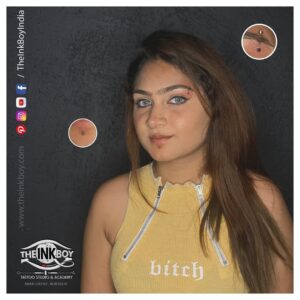
Multiple piercings are the big thing in piercings right now. We see this in other piercing types such as the curated ear. They are usually a combination of vertical eyebrow piercings or vertical and horizontal. If you trace the ridge of your eyebrow to the bridge of the nose, you come to the location of a bridge piercing. It is a horizontal piercing with the jewelry on either side of the nose, right between the eyes. Anti-eyebrow piercings are opposite the eyebrow. These piercings are below the eye, about the same distance from the eye as standard eyebrow piercings. To get a feel for anti-eyebrow placement options, trace your finger along the orbital bone below the eye. Usually, this piercing is along or just below this ridge.
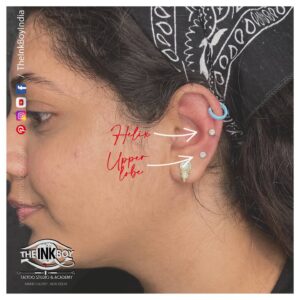
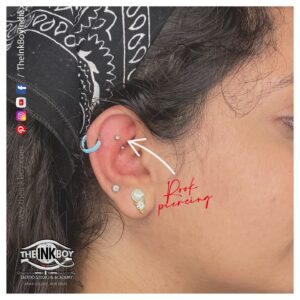
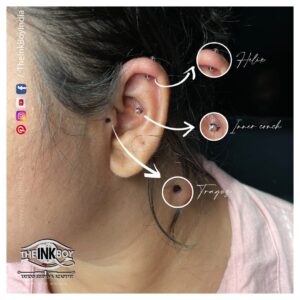
___________________________________________________________________________
The Ink Boy Tattoo Studio in Delhi is one of the best places to get tattoos and piercings, for both first timers and pros.
A good piercing professional will not only perform the procedure properly and hygienically but will also ensure you are well informed of the proper care techniques for your particular piercing.
Find a piercer who is properly trained, experienced, and professional. Ask how long they have been in business, approximately how many clients they have, how often they perform your piercing type, etc.
Be sure the shop is clean and that the piercer uses sterile instruments, clean jewelry, and disposable needles each time. Before you get a piercing, make sure you know if you’re allergic to certain metals or not. Check that they have all necessary licenses and permits and that they are in compliance with local and/or state health regulations.
Your piercer should take the time to explain the procedure and aftercare to you and should also provide written instructions that you can take home with you. Make sure they’ll be available for follow up after the piercing in the event that you have questions, concerns, or are having issues with your piercing. In this way, potential risks can be easily spotted and avoided.
